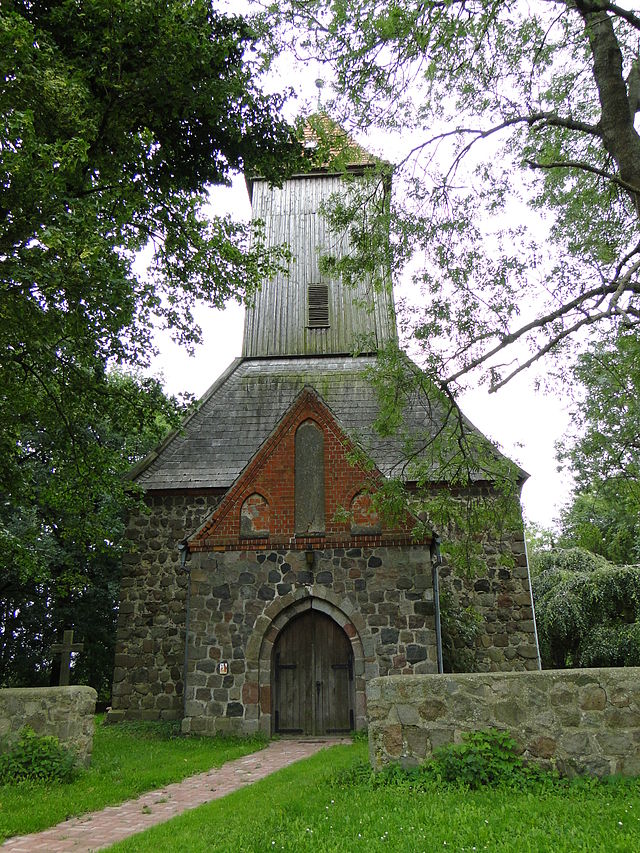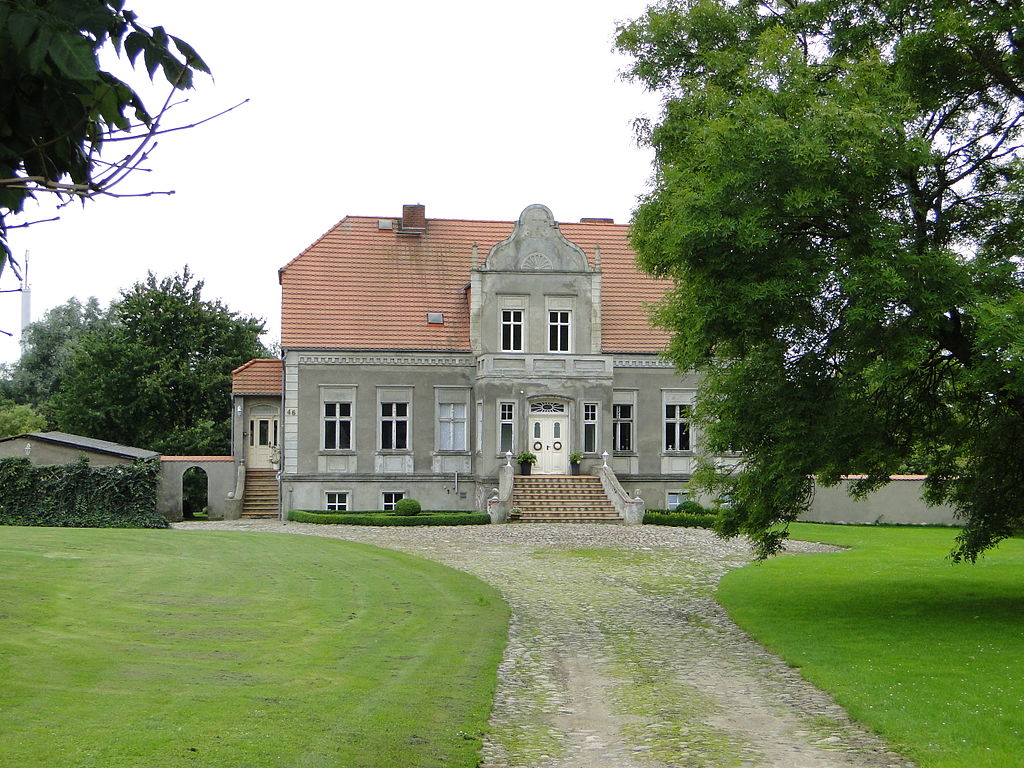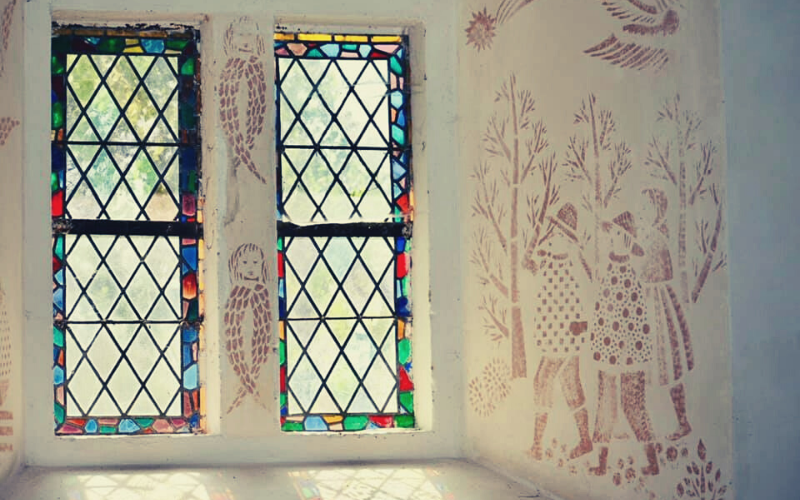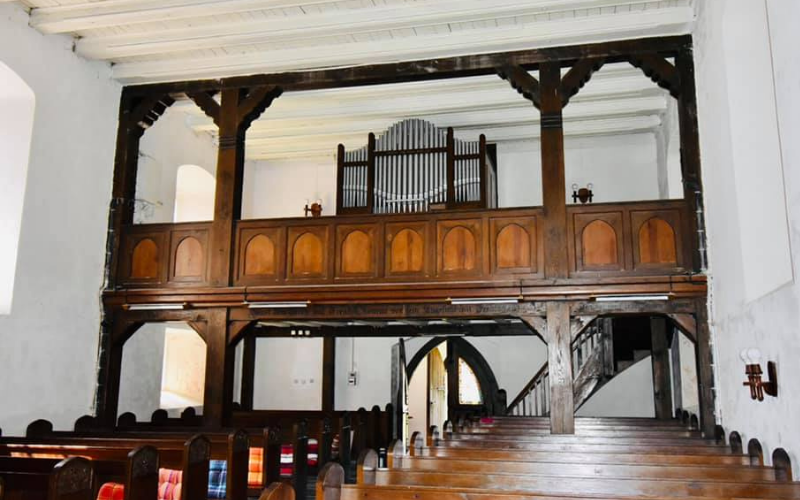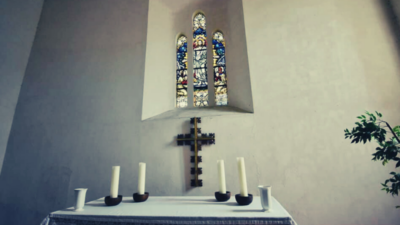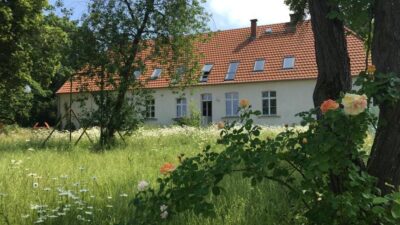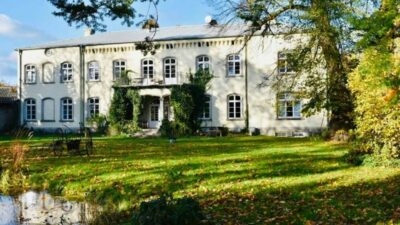Gutshaus Kublank (Kublank Hall)
The street village of Kublank was first mentioned in 1298.
Kublank, Deutschland
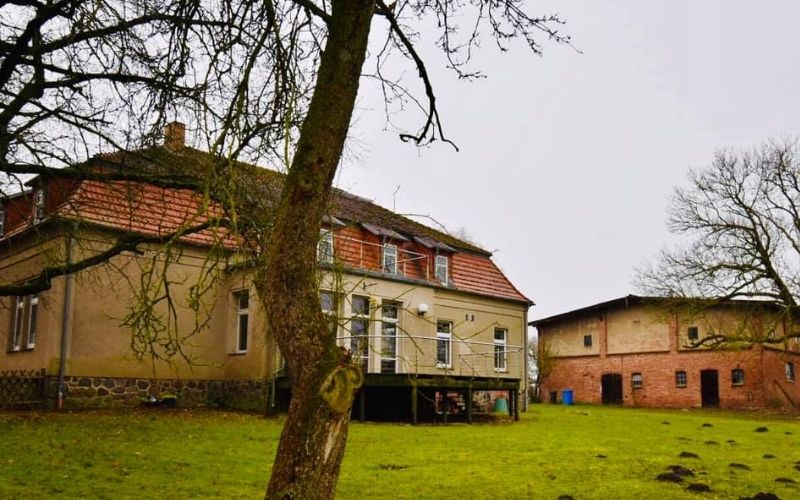
The ribbon-built village was first mentioned in 1298, in a deed of donation from margrave Albrecht to the monastery of Wanzka. Then it was called “Cvbiank”. The name does not hint at cows (the German “Kuh”), but the slavic root of the word for mare: “kobyla”.
In 1508, the village consisted of 9 farmsteads and 3 smallholdings.
The church was probably erected at the beginning of the 14th century and was built from fieldstones.
The village was almost completely destroyed in the 30 Years War (1618 – 1648), in 1646 only three houses and one barn remain. The church in comparison seemed to have survived nearly undamaged, but the church tower had to be demolished.
In 1806, three farmers were moved from Golm to Kublank. Now the village counted, apart from the sheriff and the parson, 13 hereditary leaseholds and 15 smallholdings.
A devastating fire laid waste to half the village in 1911 during a devastating fire. Rebuilding efforts on the church were only finished in 1914. During the reconstruction, the so-called “Grünebergorgel” (Grüneberg organ) was added to the western gallery, where it resides to this day.
